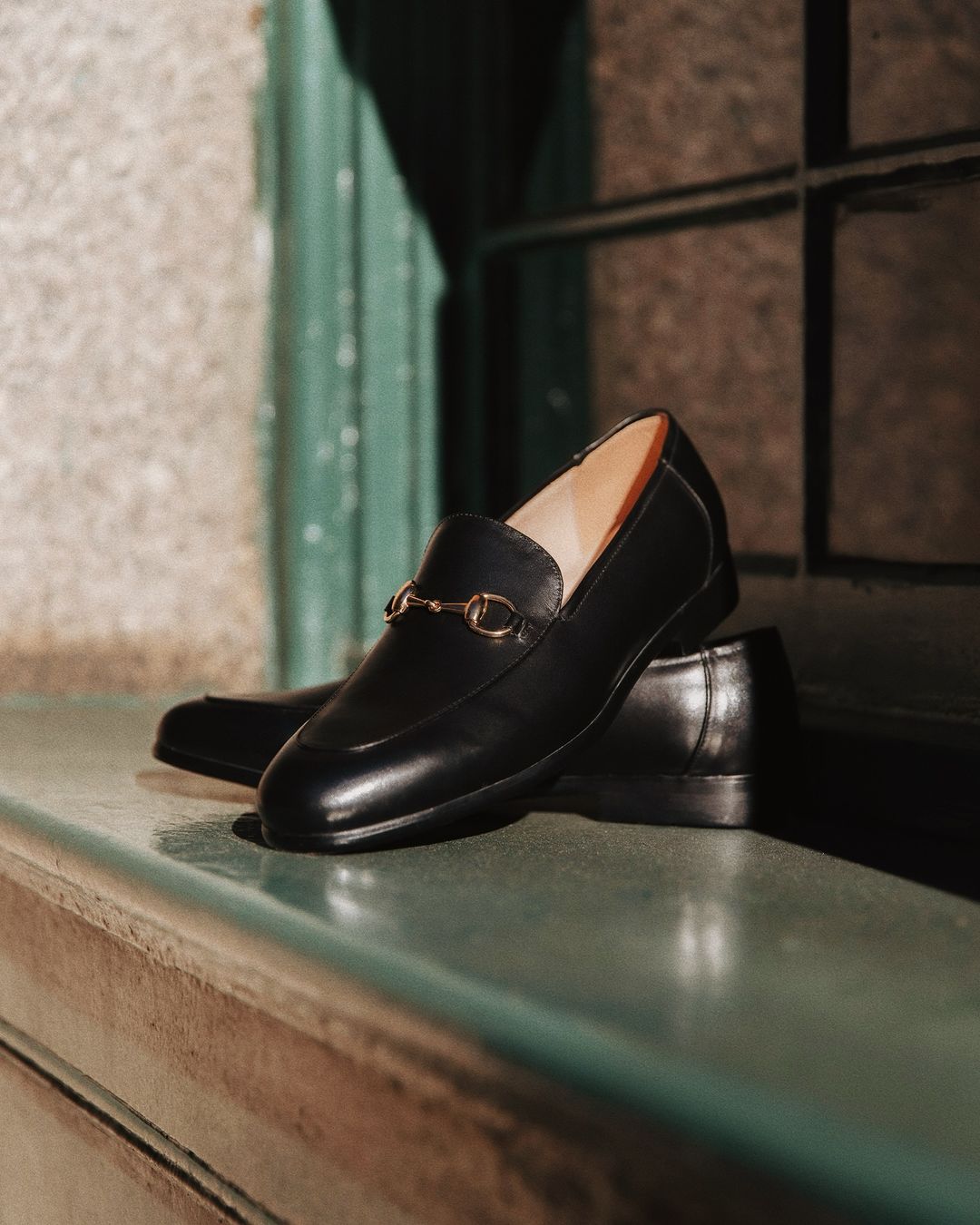The loafer, a staple in men's footwear, boasts a rich history that intertwines with various cultures and fashion movements. Its evolution from a casual house shoe to a symbol of sophistication reflects broader shifts in style and societal norms.
Origins in Norway
The journey of the loafer begins in Norway with shoemaker Nils Gregoriusson Tveranger. After studying shoemaking in North America, Tveranger returned to Norway and, around 1930, introduced the "Aurland moccasin," later known as the "Aurland shoe." This design drew inspiration from both traditional Norwegian footwear and Native American moccasins, featuring a slip-on style that prioritized comfort and simplicity.

Adoption in the United States
American travelers in Europe took note of the Aurland shoe, and upon returning to the U.S., sought similar styles. In response, G.H. Bass, a bootmaker in Maine, introduced the "Weejuns" in 1934—a name playfully derived from "Norwegians."
These loafers featured a distinctive strip of leather across the saddle with a diamond-shaped cutout, quickly gaining popularity for their blend of casual and dress aesthetics.
The Penny Loafer Phenomenon
The term "penny loafer" emerged in the 1950s, though its exact origin is debated. One theory suggests that American prep school students inserted pennies into the diamond-shaped slit of their Weejuns as a fashion statement.
Another posits that two pennies, sufficient for an emergency phone call at the time, were stored in the slit. Regardless of its beginnings, the penny loafer became a quintessential element of Ivy League attire, symbolizing a preppy, scholarly look.

European Influence and the Gucci Loafer
In 1966, Italian designer Gucci elevated the loafer's status by introducing a version adorned with a metal strap shaped like a horse's snaffle bit. This design bridged the gap between casual and formal wear, making loafers suitable for business settings.
The Gucci loafer became synonymous with luxury and was widely adopted by businessmen, particularly on Wall Street, during the 1970s and 1980s.

Contemporary Adaptations
Today, loafers are celebrated for their versatility, seamlessly transitioning between casual and formal contexts. Designers continue to innovate, experimenting with materials, colors, and embellishments to cater to modern tastes.
The loafer's enduring appeal lies in its ability to adapt while maintaining its core identity—a testament to its timeless design.
At W.M. Gibson, we honor this rich heritage by crafting loafers that blend traditional craftsmanship with contemporary style, ensuring that each pair resonates with the legacy of this iconic footwear.




